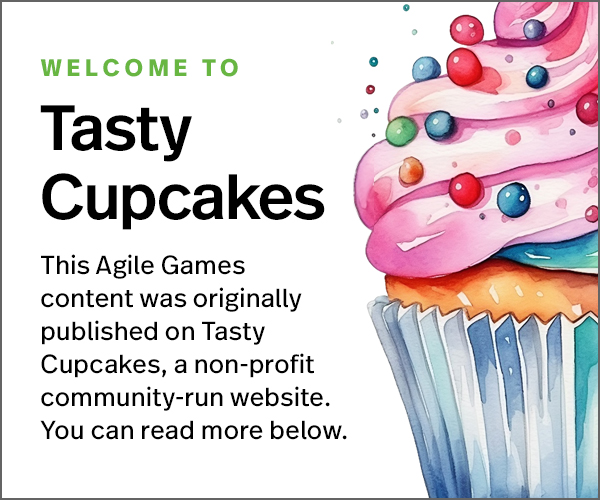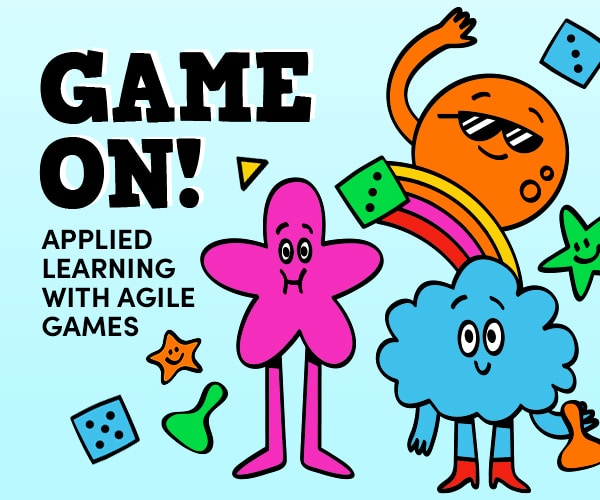While we’ve all heard about “pair programming”, pairing is not just for programmers. In this activity, participants will use fiction/creative writing to understand the importance and value (and fun) of pairing.
Timing
- Prep: Printing out the handouts
- Activity: 45 – 60 minutes, depending on the size of the group
Materials
- Handouts, pads of paper (# attendees / 2), pens (same as pads of paper)
Instructions
Setup
This activity will occur in two rounds. The first round involves each person in the audience working alone. You will ask them to write a story about something interesting that happened to them at work recently. Give them five minutes to write. At the end of the five minutes, ask for volunteers to share their stories. Two or three should be sufficient. Expect that generally, they will be somewhat mundane/pedestrian, and also be prepared that someone might be very funny or fascinating.
The second round involves pairing. Each pair will write a short story (fiction), based on “requirements” (see The Requirements below). The pair will take turns working on the story, alternating as indicated below.
Activity will be broken into two-minute turns.
During each turn, one member of the pair will write, while the other will watch and ensure that the constraints are met (see The Rules below).
At the end of each turn, you will have them switch roles.
There will be seven turns.
At the end of the time (all seven turns), you will give them two more minutes to “refactor” their stories. Then you will give as many pairs as possible an opportunity to read their stories aloud to the rest of the class. Expect a mix of boring/mundane (John said and then Mary said) and incredibly creative/funny.
The Requirements
- Introduce the setting: work, geography, industry, weather, time of day,…
- Introduce Character One: gender, name, age, education, single/married/paired/whatever
- Introduce Character Two: gender, name, age, education, pet(s), hobbies
- Introduce Character One’s job
- Conversation between One and Two about a problem at work
- The manager appears and participates in the conversation
- All three go out for lunch: where, what kind of food, how do they get there
The Rules
- No sentences longer than twenty words – shoot for ten or less.
- Character names no more than two syllables.
- No paragraphs longer than five sentences.
- No “he said” and “she said” – must use names.
- No sentence may begin with “So” or “And” or “But”.
- Use adjectives judiciously.
- The locale must be a real place.
Example
Gomez Goobers was a happy place to work. GG, as it is known in the industry, is in the heart of Chicago’s South Loop. In September, the weather was cooling off and people were walking the streets for pleasure.
GG’s lead programmer, Tim Thomas, loved living in Chicago. After college, he met Mary, whom he married two years later. Tim and Mary have been married for three years now. Tim and Mary live in a small, two-bedroom house in a nearby suburb of Chicago.
Tim’s counterpart was Billie Bliss, the lead QA. Billie, who is an avid dog lover, lives in town in an apartment overlooking the lake with her Beagle named Bugle. Everyone wonders where Billie got the money to afford a place like that. At twenty-five, she’s too young to have accumulated much. Her co-workers speculate, and her family and friends aren’t telling.
After completing both a bachelor’s and master’s degree in computer science, Tim came to work at GG. He loves technology, loves programming, and has progressed rapidly in the year and a half he’s been at GG. He has already worked in several programming languages and on several operating systems. These days, he’s focused on Ruby on Rails on a Linux platform.
Tim and Billie have been struggling with getting their teams to work together more effectively. Unfortunately, they are plagued by…
Now you…
Decide who is going to write, and who is going to observe for the first turn.
Learning Points
- Working in pairs produces results that we would never produce on our own
- Creativity is increased by pairing
- Pairing can be fun
- Pairing produces more effective results than working alone





